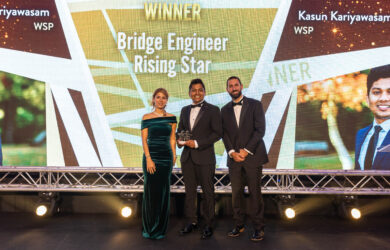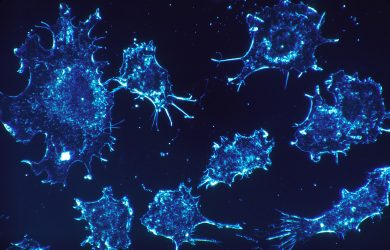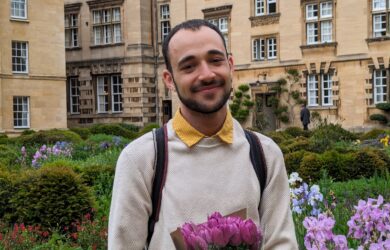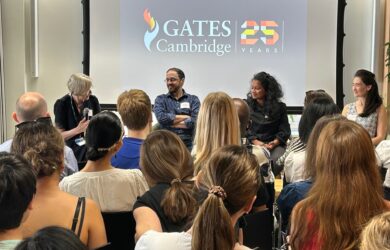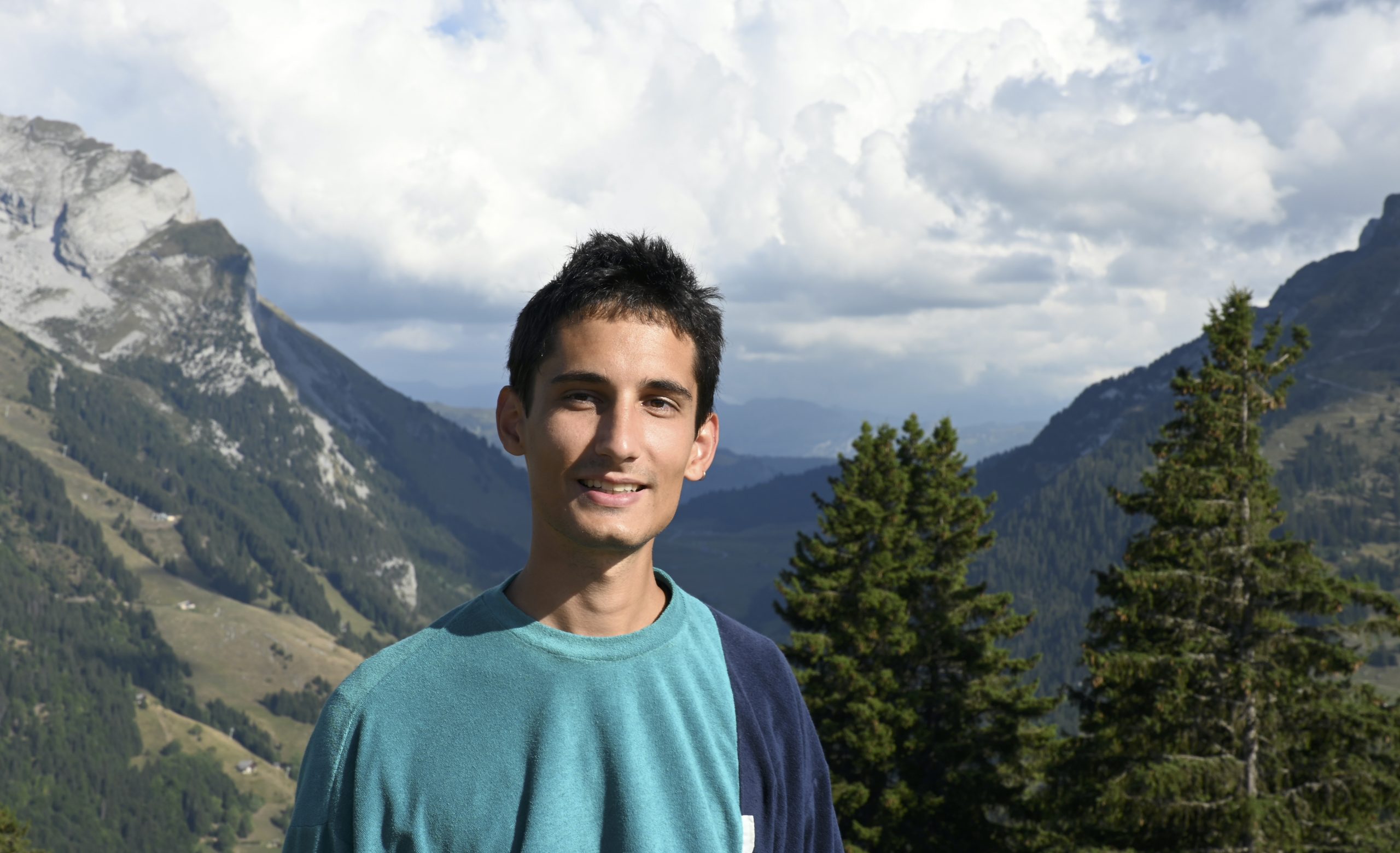
Tristan Dot speaks about how his research will bring together computer vision and art history to explore the meaning of images.
I am convinced that art history will help us determine the issues of power, domination and invisibilisation at stake behind the circulation of digital images nowadays.
Tristan Dot
Scholar-Elect Tristan Dot [2022] grew up with an interest in computer science and a passion for art history. As time evolved he began to see the similarities between computer vision and art history and has created his own works of art, using computer-generated images.
He says: “Art history is the study of images and so is computer vision. They both operate in a visual language. There is something incredible in how visual expression can capture the beauty of the world in ways which cannot be done easily in words alone.”
His PhD will focus on ‘computational formalism’: the automatic analysis of images, treated as digital data, through computational methods.
He says millions of images circulate every day through global networks and are constantly analysed by Artificial Intelligence (AI) models. Increasingly, the same AI models are used in art history to develop inventive digital methods to study large-scale datasets outside the Western canon.
Tristan’s work will try to determine the place of computational formalism in the historiography of formalism in order to better understand AI-encoded digital images.
He says: “I am convinced that art history will help us determine the issues of power, domination and invisibilisation at stake behind the circulation of digital images nowadays.”
Early years
Tristan was born and grew up in Paris. His parents are dentists and many members of his family have worked as engineers. At school he was very studious and good at all subjects, but he was better at maths and physics and took part in a national physics and maths competition. However, Tristan also loved reading and art history. When he got to the end of secondary school he opted to prepare for entrance exams to study engineering, although he did have some doubts about whether he should pursue his interest in the humanities instead.
Tristan was able to do some literature classes, but his love of physics in particular deepened in the years following his graduation from secondary school. “I saw the beauty of physics with its laws to describe physical phenomena. It was similar to philosophy in a way,” he says.
After three years Tristan was accepted to do a degree in engineering at the Ecole des Mines Saint-Etienne which he began in 2016 and he spent his last year in Paris, specialising in data science and machine learning. He then did a master’s in Maths, Computer Vision and Machine Learning at Ecole Normale Supérieure Paris-Saclay from 2019 to 2020.
This was followed by a fellowship in the digital humanities analysing mediaeval astronomical tables in collaboration with researchers in the history of astronomy. It wasn’t exactly what he was looking for, but it took him into the digital humanities and he was able to work remotely during the Covid pandemic. The work involved adapting computational tools to transcribe astronomical tables, including mediaeval astronomers’ predictions of the movement of stars and planets. The aim was to help researchers working on the texts who had to transcribe the tables by hand, a process which could take several months.
Art history
Tristan was also keen to develop his knowledge of art history which had been a passion since school. He spent his spare time reading books on the subject, listening to podcasts and going to exhibitions. After he finished his master’s, and while doing the research fellowship, he did an intensive undergraduate degree in art history and archaeology at the Sorbonne in Paris – doing a three-year degree in one year. He says archaeology draws on artefacts and therefore is also a very visual discipline.
He says: “For me, Covid was a chance to finally study art history as I had nothing to do in my spare time but study.”
Meanwhile, the history of astronomy researchers he was working with for his fellowship provided a stimulating, interdisciplinary environment to explore his ideas. Tristan also started to work on his own art projects. He used generative neural networks on datasets of CCTV footage to produce works that critiqued surveillance culture. His works have been shown in online galleries.
In 2021 Tristan started a master’s in the History of Contemporary Art at the Sorbonne. His thesis is on the use of images in the Artificial Intelligence era and draws on the work of two artists in particular who use new technology to critique the world around them. “Some images are not just passive reflections of the world. They use imagery and algorithms in an active way,” says Tristan. While studying he continued to work full time as a research engineer analysing mediaeval astronomical diagrams, with the aim being to link diagrams that are visually similar so they can be compared more easily.
Cambridge
Over the years, Tristan had been talking to other researchers who were interested in linking computer vision and art history and started speaking to Dr Leonardo Impett at the University of Cambridge who had studied engineering and did his PhD in digital art history. He encouraged Tristan to apply to do his PhD in English at Cambridge. Tristan’s research will aim to determine the place of computer vision in the historiography of the formalist school. “I want to compare some of the big formalist thinkers with what we can do with computer vision so we can better understand how computer vision works and sees images and how it is linked to human vision and to formalist theories. I am interested in how we think of new methodologies of art history and the links between ideas about art history and mathematical theories,” he says.
He adds that, while the focus of his PhD is on theoretical questions, there may be practical consequences in terms of the development of tools, for instance, for those curating non-Western artefacts. He says: “We can waste a lot of time trying to understand an artefact where there is no textual information about it. Being able to study datasets of images that are similar could help curators to capture the meanings of images – and therefore artefacts – better.”








